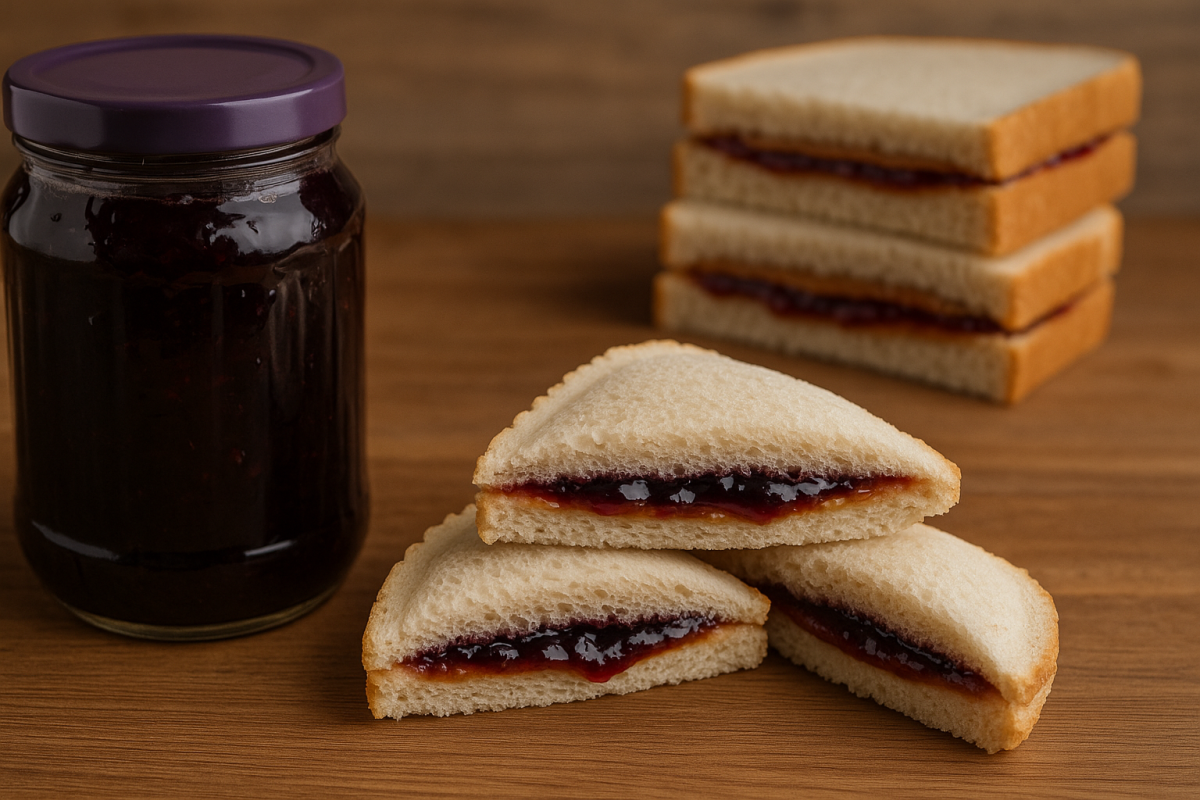Midterms are fast approaching (they’re next week). If you haven’t started studying, you might be in trouble. But, lucky you. Here is the ultimate guide on how to study this weekend so you’re ready to conquer those midterm exams.
Everyone has their way of studying and it works for them. If you’re a visual learner you might be spending your weekend watching videos or looking at pictures. Analytical learners might be found studying graphs and charts, things with numbers. Whatever learner you are, stick with what works for you and hopefully you started your process a week ago.
Now, to all the procrastinators out there, it’s time to crack down. You have to review content for five to six courses from the first half of the year all in one weekend. No need to panic. Grab yourself a Coke Zero and let The Paw Print help you ace your exams.
THE PAW PRINT’S 7 STUDY TECHNIQUES:
1. Condensing:
– Useful for information-heavy based subjects
– Reduces temptation to mindlessly copy everything down
how to: challenge yourself to summarize a particular chapter/topic/page within a limited space, such as on a notecard or a certain number of sentences. Repeat and see how far you can condense the information.
2. Flashcards:
– Great for remembering definitions, dates, facts, etc.
how to: write your flashcards yourself because you will retain most of the information by just writing it down. If stuck, give yourself a few minutes to think about the answer before checking. Add visual elements to facilitate memorization if needed.
3. Memory Maps:
– This is essentially taking notes without any guidance
how to: write down a few clues on a plain sheet of paper. Then, set a timer and write down as much as you can around each heading making links and not using any resources. Alternatively, do this without a timer and simply write ‘to failure’ (when you can’t remember anything else). At the end, check with your notes to make sure it’s all correct.
4. (Pretend to) Teach Someone:
– This is the ultimate test of your understanding.
how to: try to find someone who knows little about the topic you are teaching so they could possibly ask questions or you can see if they understood what you were trying to teach. Give the person as much information as you can remember on a certain topic. Decide what information you forgot and what areas you failed to explain well. If your friends or family are unwilling to volunteer, pretend to teach to an audience (stuffed animals are great listeners).
5. Practice Questions and Essays:
– Best suited for classes with heavy multiple choice or free response questions.
how to: try to apply your knowledge as much as possible. Get your hands on practice questions/prompts and study in exam conditions. You’re ultimately practicing what the exam is like. Once you finish, have someone else mark your work or honestly grade yourself.
6. Pomodoro Technique
– Try this if you struggle with procrastination and getting started on hard tasks
how to: work for 25 minutes then take a five minute break. Repeat this process four times taking a longer break (25-30 minutes).
7. Visualization/Association:
– Facilitates recall of abstract information
how to: associate difficult concepts with familiar objects or words. The journey is another way to assign facts, arguments, etc. to different points in a real or imagined journey.
MEMORIZATION TIPS (for each learning style):
Physical/Kinesthetic:
– Associate movements with words. 2 + 2 = 4 is repeated while jumping. 3 + 3 = 6 is repeated while jogging in place. Repeating facts, with the same movements, to memorize.
Visual:
– See the facts or lines repeatedly by writing them on windows or mirrors. Print facts off on paper and hang in the car. Include pictures whenever possible.
Logical/Mathematical:
– Focus on the order. Type or handwrite out the words, then cut them out into individual pieces. To work on memorizing, put the parts into the correct order.
Verbal:
– Instead of simply repeating out loud, work on saying every other word. Go back and forth with every other word, or fact, with a partner.
Musical/Auditory:
– Put words to tunes that are easy to remember and common. Think nursery rhymes and songs.































